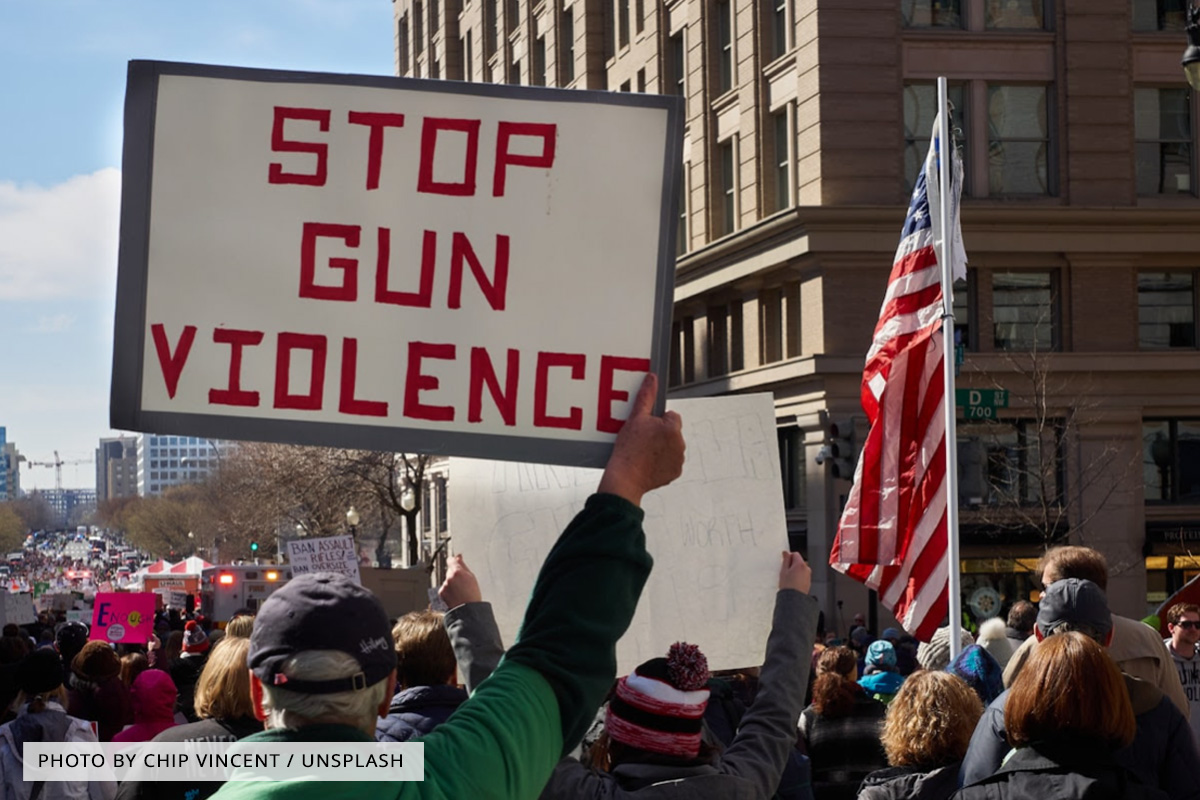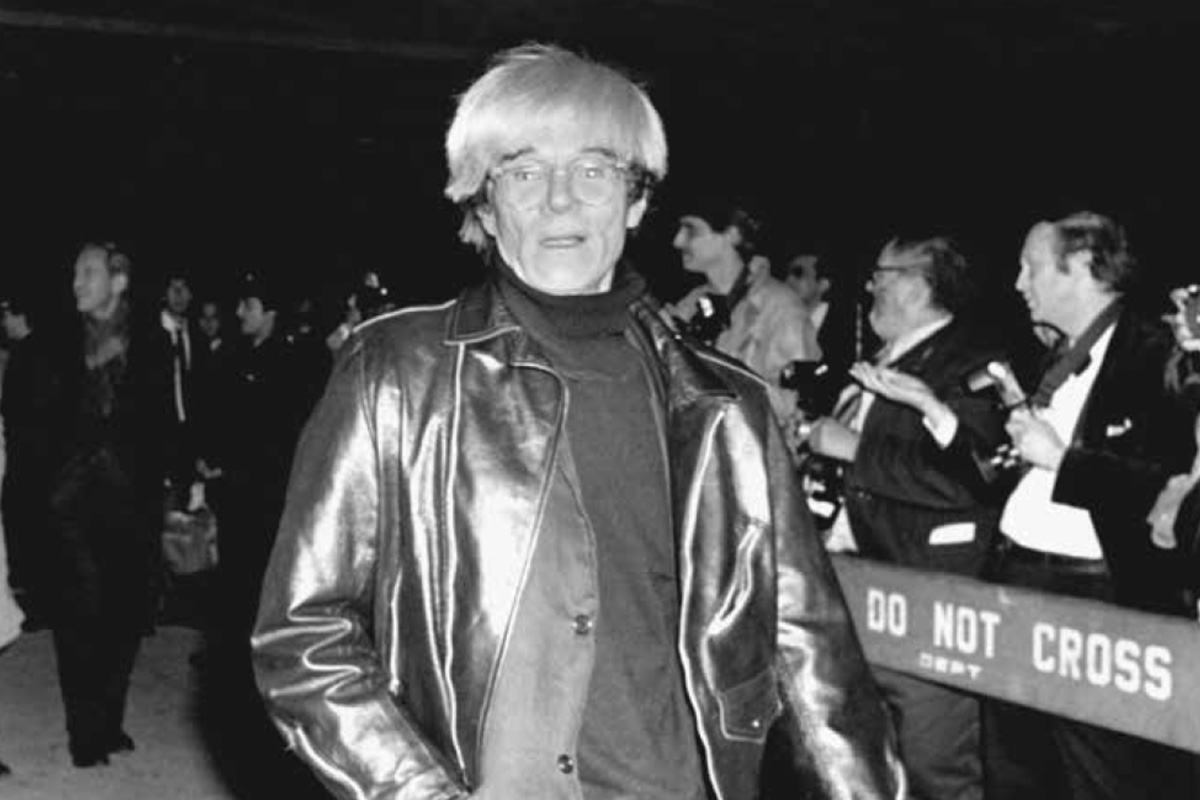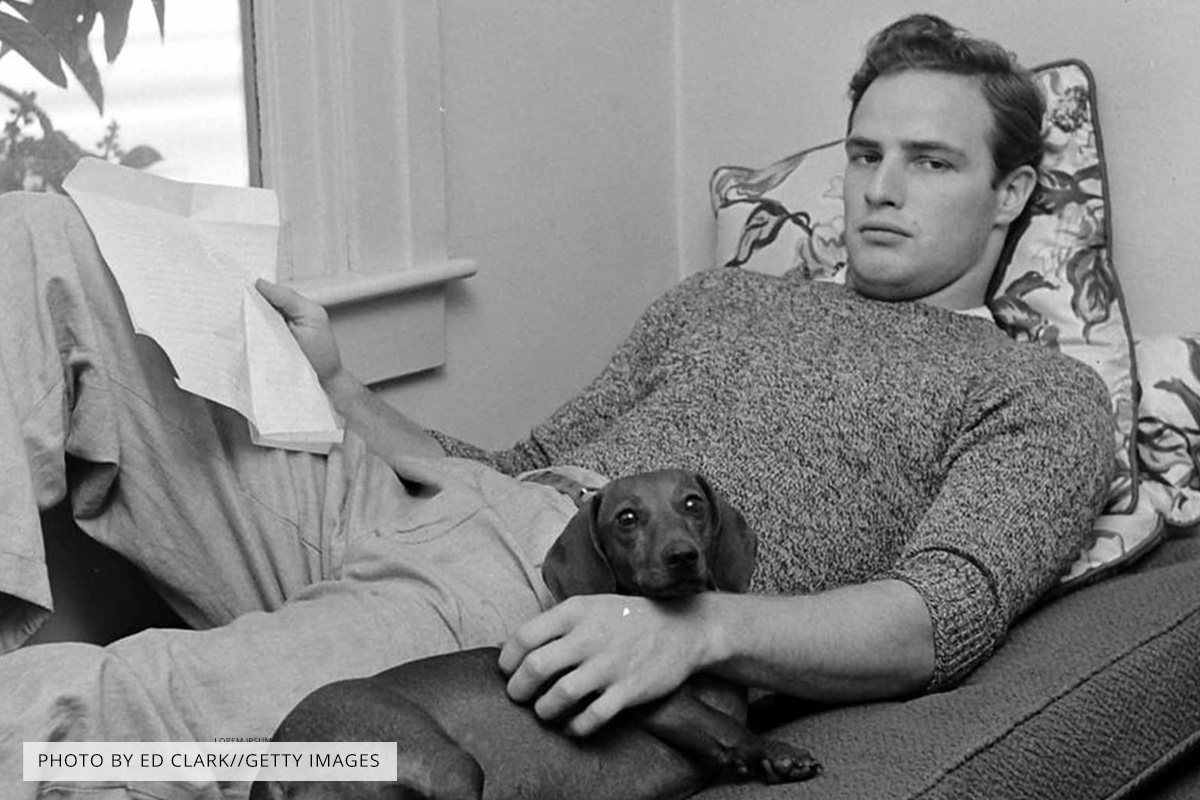© 2022 By Legs McNeil
It’s very rare that 34 years after you date someone, you get a chance to witness a documentary about what was going on in that person’s life at the time you were dating them. Remarkable, really, but I got the chance recently when Showtime premiered the documentary, “Nothing Compares,” about Sinead O’Connor by filmmaker Kathryn Ferguson.
999
In 1988, I was a senior editor at SPIN magazine and doing anything I could to avoid writing about music, since I was convinced that nothing could be better than what was coming out of CBGB’s; the Ramones, Patti Smith, The Dictators, The Dead Boys, Suicide, Johnny Thunders and the Heartbreakers or Richard Hell and the Voidoids, etc., etc, none of which were true commercial entities at the time.
During the 1980’s SPIN was shaking up the music industry by promoting itself as being an alternative to Rolling Stone magazine, although the cover stories that sold SPIN were Madonna (six covers), Jon Bon Jovi (two covers) and Kurt Cobain and Nirvana (six covers), not exactly ground-breaking music, with the exception of Kurt, who quickly became SPIN’s cover boy after his suicide in 1994, until it ceased publication of print issues and went viral in 2012.
Since I hated writing about music, I took any assignment that had to do with anything other than lame rock & roll bands that were so prevalent in the 1980’s, which usually meant covering wars, drug trafficking or UFO’s. Anything but music!
My first overseas assignment was to cover the war in Northern Ireland in 1988 with ace photographer Jim Tynan who’d been to Belfast a few times before, as well as El Salvador and the Philippines, all hot spots during the 80’s. But the trip to Belfast came with a catch, after spending a month or so covering “The Troubles,” as the war in Northern Ireland was nicknamed, I was to go to London to interview Sinead O’Connor, a new singer that I knew absolutely nothing about. Sinead was signed to Chrysalis Records at the time, and since they were picking up all my airfares, I thought the least I could do was spend an hour or so interviewing Sinead.
My assignment for Belfast came from Bob Guccione Jr., the publisher of SPIN, who said, “Go to Belfast, check it out and write what you witness.” That was it. Luckily, as I said, Jim Tynan had been to Belfast a few times before and knew the ropes, and found us a house to stay up on the Falls Road with a lower middle class Irish Catholic family that wore “The Troubles” on their bodies like underwear. There was no escaping the horror of these people’s lives; the British soldiers used to count the number of milk bottles delivered in the morning to see who was having visitors for the weekend. There were pretty pictures of a college-aged woman around the house and when I asked who she was, the parents said, “Our daughter, she’s serving life in prison for killing a policeman.”
The technology the British employed to keep the Catholics oppressed was staggering. Jim Tynan and I took to going to the housing project, “Divas Flats,” that was more like a concrete concentration camp than a slum, where “The Troubles” first began in 1969 and hung out with the “hoods” and “joyriders,” preteen delinquents who used to steal cars most nights. Though they could barely see over the steering wheels, the “joyriders” would run the British check points, ram the car thru shop windows, loot the places, then drive around until morning, when they’d set the cars on fire. Tynan got fantastic shots of the kids dancing on burning cars.
It seemed to us to be a pretty good indication of how “The Troubles” had devolved into pure anarchy. And while we were waiting to make friends with the “hoods” in Divas Flats, British helicopters would remain overhead, fixed in the sky for hours, observing us, and I’d wonder how much money they were wasting checking us out, instead of fixing up Divas Flats. It was a seemingly endless, moronic war, and one I was happy to leave to fly to London to interview Sinead.
Her first album, “The Lion and The Cobra” had just been released, though I hadn’t bothered to listen to it until I arrived in London to stay at writer Barry Miles’ apartment, where he suggested we put Sinead’s tape on the stereo and we were both unimpressed. It may have been that I was emotionally exhausted from my time in Belfast and hadn’t switched gears yet, but I didn’t fall in love with the record until I met Sinead.
A day or so later, I met her at the Chrysalis Records office in downtown London that was filled with multi-ethnic, stunning-looking receptionists, but when Sinead walked into the office, she blew them all away. She was wearing an unfashionable Elmer Fudd hat with flaps over the ears and when she took it off, I couldn’t believe how stunning she looked. She was absolutely bald and absolutely drop dead gorgeous. Her lack of hair only seemed to emphasize her beauty. It was undeniable, and throughout the interview Sinead kept asking me what I was staring at, to which I answered, “You….”
She asked me if I wanted to hang out after the interview and we did and talked a lot about Belfast, Catholism, the Pope and racism, among other things. I understood her hatred for the Pope and Catholism since Ireland took the Holy Trinity to the extreme, while in America, the Pope was thought of a nice old man who drove around in a funny, polka-dot, bubble-car.
Sinead was 22 years old and just a kid, and I was 32 and newly sober. I thought Sinead was extremely normal, especially compared to my other friends; Joey and Dee Dee Ramone, and Nancy Spungen and Sable Starr, to name a few. Sinead was annoyed that her record company seemed to want to coddle her with cars and drivers, when she thought taking the subway would be more fun. She seemed to be trying very hard not to let fame destroy her innocent wonder about the simple thrills of life. I just hoped she could maintain that sense of wonder, and doubted she could, but I didn’t expect her to be so feisty in her defiance.
Sinead came to New York and stayed in my studio apartment on St. Marks Place, and I gave her the keys to the place while I went to work at SPIN, so she could explore Manhattan on her own. She was happy, but kept bugging me to take her to Harlem to get “tram lines” carved in her head.
I had no idea what she was talking about, but took her to a barber shop on a 125th Street anyway. The barbers and friends who hung out in the shop were smirking and rolling their eyes, since not one of them could understand what she was saying through her thick Irish brogue, so I had to act as interpreter. Sinead was so small the barber had to put the child’s seat on the barber chair so she could be even with him. The barber held up his hair clippers and looked at me and shrugged, and I had to ask her exactly she meant by “tram lines?” Apparently Sinead meant “train tracks,” those hair designs that appeared as shaved lines in short hair during the 1980’s.
Sinead pointed on her head to where she wanted her “tram lines,” and the barber obliged, I paid and Sinead left happier than I’d ever seen her.
We broke up soon after my SPIN cover story on her appeared, as I knew we would, and Sinead released a video of her cover version of Prince’s song, “Nothing Compares 2 U,” and suddenly she was everywhere– on TV sets around the world. Sinead had become one of the first superstars of the 1990’s, even though that was not her intention. As she explains in “Nothing Compares,” the new Showtime documentary, “There was no therapy when I was growing up, so the reason I got into music was therapy, which is why it was such a shock to become a pop star, it’s not what I wanted. I just wanted to scream.”
I could completely understand her desire to scream. Sinead had told me a little about being sent to “An Grianan,” a residential training center run by a religious order of Catholic nuns when she was 14. As Sinead admitted in the film, “I was a bit messed up and it wasn’t acknowledged what happened to me in my mother’s home. I was unmanageable, really, and they didn’t want me at home.”
As punishment, the nuns would send a 14-year-old Sinead to sleep in the hospice part of the “Magdalene laundry,” which Sinead explains in the documentary, “To remind me that if I didn’t behave myself, I was going to end up like these women. When I went up, there was no staff up there with the ladies. Never any nuns or nurses, and these poor ancient ladies, who were the “Magdalene Girls,” were lying in beds calling out for nurses all night that never came. It was awful, and I didn’t know what to do, and I obviously was terrified.”
Sinead witnessed the horrors of Irish Catholicism up close and personal as “The Magdalene Girls” concealed Ireland’s deepest shame—unmarried women who were raped by priests, doctors or teachers, etc., and were committed by the patriarchy to “Magdalene Laundries” or “Magdalene Asylums,” where from the 18th century to 2013, the women were warehoused by Catholic religious institutions, usually nuns. In 1993, after 155 bodies were discovered in an unmarked grave at one of the “Magdalene Laundries,” an investigation was launched, and in 2013, a formal state apology was issued, and a £50 million compensation scheme for survivors was set up by the Irish Government.
Too little, too late, especially for Sinead who can still hear the ancient ladies lying in their beds calling for the nurses who never came. The documentary, “Nothing Compares” does a great job exposing the hypocrisy of the Irish Catholic Church and the Irish Patriarchy, but like most stories from Irish families, there are still secrets that must remain a mystery. I know from personal experience; none of my family ever mentioned my grandfather’s suicide, or my grandmother’s subsequent commitment to the state mental institution, or my own father’s death at the time of my birth. All Irish-Catholic families are chuck-full of subjects that must remain in the shadows. Maybe Catholism breeds more shame, and that leads to more silence, but as a wise man once said, “You’re only as sick as your secrets.”
When Sinead refused to let some New Jersey patriots play the National Anthem at some outdoor stadium she was performing at, I stood up for her in the press and said, “What band or singer wants to listen to the National Anthem before they go onstage? When was the last time you heard someone sing the Star-Spangled Banner before a rock & roll show? It’s a ludicrous idea!”
Instead, Sinead became a late-night joke and Frank Sinatra threatened to kick her ass. She was misrepresented in the main-stream press as anti-American, when she just didn’t want to be told how to do her act. The second afront she committed was worse, far worse, and completely unnecessary– tearing up a photo of the Pope on Saturday Night Live. Why someone in Sinead’s entourage did not explain to her that the Pope in America was thought of as just a nice old guy, not taken too seriously, instead of the fascist dictator he was in Ireland, is a mystery to me.
Friends would ask me about her problem with the Pope and I’d try to explain that the Pope meant something completely different in Ireland, just ask the surviving members of “The Magdalene Girls.” But no one listens, and once people hate you for being different, the truth no longer matters. It doesn’t matter that Sinead was right Catholism in Ireland, right about the “The Magdalene Girls,” right about the “Me-Too Movement,” right about abortion, right about racism in rap and hip hop being unacknowledged by the music industry, and right about the Grammy Award members being slaves to fame and fortune and cowards about speaking out on America’s ills, but that was the 80’s and 90’s. Now you can’t get anyone to shut up!
The bald-headed girl that no one understood came off as an unstable religious fanatic on Saturday Night Live on October 3, 1992, because people in America didn’t understand how oppressive the Catholic Church was in Ireland. It might’ve worked if Sinead explained the horrors the Church had inflicted on the Irish, but instead recited a Bob Marley song that was taken from a speech by Ethiopian Emperor Halie Selassie made about race. No one had a clue what she was talking about, and then she ripped up a photo of that nice, old Pope who visits America every year so, so we can all buy “Pope on a Rope,” to use in the shower.
The problem I had with Kathryn Ferguson’s documentary “Nothing Compares,” is that there were issues important in Sinead’s life that were never addressed; her conversion to Islam, the death of her son from suicide, that caused her to be hospitalized, her successful collaborations with rap stars, but the issue that bothered me the most was the issue of her mother; Johanna Marie O’Grady, who died in a car accident in 1985.
What bugged me was the atrocities Sinead’s mother committed on her were never really articulated, in a documentary that is overflowing with articulation. Sinead tells us in the film, “My mother was a very violent woman, not a healthy woman; mentally at all, and she was a physically and verbally and psychologically, spiritually and emotionally abusive.”
“My mother was a beast,” Sinead continued, “and I was able to soothe her with my voice. I was able to use my voice to make the devil fall asleep. My father was the type of man that didn’t want anyone talking about what happened to me, and that’s what was wrong with me, it wasn’t talked about even in the family.”
Even though I get that Sinead’s mom was an unstable psycho, there is no attempt by anyone in the film to explain what her mom was diagnosed with, or even if she ever sought treatment for a condition that still remains a mystery. While Kathryn Ferguson does an excellent job to explain the plight of the “The Magdalene Girls,” she fails miserably in explaining what Johanna Marie O’Grady, was suffering from, leaving it to Sinead to blame it on the Church.
While I’m sure that’s partly true, there had to be a medical, psychological or emotional diagnoses Mrs. O’Grady suffered from that is never explored or examined, leaving one to wonder if that condition could be passed along hereditarily, and if any of the other kids in Sinead’s family of five brothers and sisters suffered the same or similar symptoms?
As Sinead sank deeper into the miasma of “fameocide,” I came to believe she suffered from the “Joan of Arc Syndrome,” where she would perform an incredible album or show, and then say or do something so ridiculous that she would metaphorically be burned at the stake, over and over again. The only argument Sinead and I ever had, and it really wasn’t an argument but a disagreement, was one morning when I woke up at Sinead’s place in London and we wanted to get some breakfast. I suggested we feast on cheeseburgers and Sinead was appalled at the idea, “Legs you can’t have a cheeseburger for breakfast!” Sinead raised her voice. I was incensed especially since I was aware of how unappetizing English food is, and snapped, “Of course I can have a cheeseburger, who says I can’t?
“I do,” she answered, “It just isn’t done!”
Here was the world’s-most-famous non-conformist telling me I couldn’t have a cheeseburger for breakfast and I was pissed, “Who says it isn’t done?”
It might have been different if she was a vegetarian and was for animal rights, but it wasn’t that, it was more of a case of being too declassee, too lower class, too trashy, but I didn’t care and told her, “I can have whatever the fuck I want to eat, you don’t have to have one, but I’m dying for one!”
So she sat across the booth at the Whimpy Burgers, glaring at me, while I gobbled down my cheeseburger. and I knew right then and there, that our relationship wasn’t meant to last. And it didn’t.
999
©2022 By Legs McNeil
INTRODUCTION TO MY COURSE:
ZEN AND THE ART OF THE NARRATIVE ORAL HISTORY
©2021-2022 by Legs McNeil (Based on the techniques developed by Legs McNeil)
Too long has the Oral History format been thought of as the bastard child of literature; assumed to be a “cut and paste” job for hack writers looking to make an easy buck. In other words, the bottom of the prose barrel. But when the art of the narrative oral history is mastered, it can transform the written spoken word by primary subjects—people who were in the room when the event occurred—into actually experiencing the event being described, with all the human emotion, even more so than the traditional omnipotent narrator.







